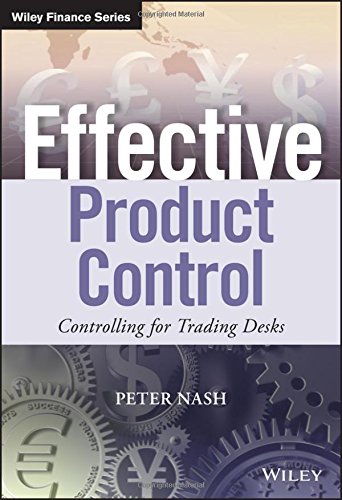دانلود کتاب Effective product control : controlling for trading desks - Original PDF
Author:
Nash, Peter
0 (0)
توضیحات کتاب :
Improve financial product control operations with this comprehensive reference Effective Product Control provides detailed "how–to" guidance for the product control function, serving as a control standards primary reference for both internal and external stakeholders. Coverage includes tasks, roles, and functions, presented in an accessible way for introductory readers, while also offering best practice and improvement examples for the seasoned professional. Readers will learn how to handle risk exposure, exception reports, PNL, and more, and better grasp the relevant regulation, compliance rules, and standards. Key touch points include risk management, audit, accounting, treasury, trading and product sales, along with an examination of taxation and regulatory interaction including SOX, control review, valuations, and liquidity levels. Teaching and student ancillary materials include lecture slides, case studies, questions and answers, and functional documents that facilitate fundamental understanding. Product control within financial services organizations monitors trades, trade patterns, and entire portfolios to assess the remits and risks being taken, acting as the primary conduit between the trading desk and risk management, accounting, auditing, and financial functions. This book gives readers a foundation in product control, with detailed guidance toward every aspect of the function. Gain a deeper understanding of common product controller tasks Structure an effective and efficient product control function Carry out audit and regulatory review more effectively
سرچ در وردکت | سرچ در گودریدز | سرچ در اب بوکز | سرچ در آمازون | سرچ در گوگل بوک
1,090 بازدید 1 خرید










